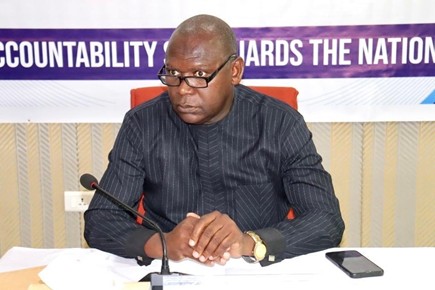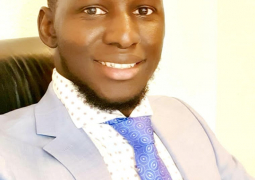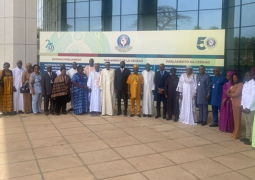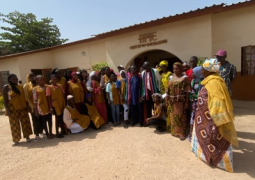
Testifying further before the Special Select Committee on the sale and disposal of assets identified by the Janneh Commission, Jallow revealed that his team had initially acted independently to serve notices and record inventories of properties in Cape Point, Fajara, Pipeline, Bijilo, Bakau, Old Yundum, and several other areas – many of which were occupied by relatives of the former president, military officers, or alleged political operatives.
“These are the only properties my team and I visited. The rest were either taken over by the Commission or fell beyond our reach due to resource constraints,” Jallow explained.
Jallow revealed the murky world surrounding Jammeh’s property empire. “From compounds guarded by paramilitary officers in civilian clothes in Sifo, to “fenced-within-a-fence” mega properties in Batokunku allegedly seized from private owners, to a former Korean Medical Center turned Green Youths base, the asset recovery team encountered a range of resistance, secrecy, and confusion.”
He added that some properties were occupied by soldiers, others by relatives of the former president, and many remained locked, empty, or ambiguous in ownership. In several cases, he said, notices had to be posted on gates because no custodians could be found.
Jallow also revealed that midway through his taskforce’s mission, they learned the Janneh Commission had launched a parallel exercise with more staff, surveyors, and better resources.
“We didn’t even know at first that the Commission was doing the same thing. Once we found out, we deferred to them,” Jallow said, adding that they had to escort Commission investigator Mr. Baldeh to previously visited sites.
Jallow also acknowledged that many of their leads came from anonymous public tip offs, often via phone calls from “concerned citizens” who directed them to possible Jammeh-linked properties.
“People would just call and say ‘the president has a property there,’ or ‘cows were moved to that location.’ That’s how we found places like Sifo,” he revealed.




